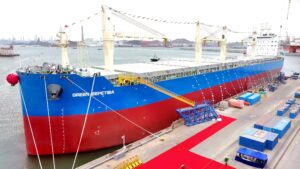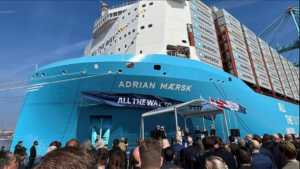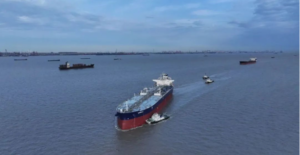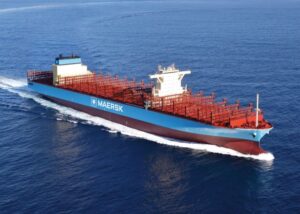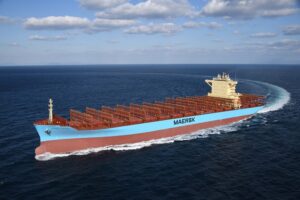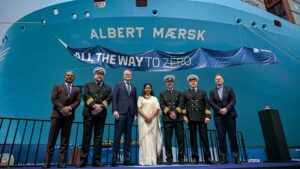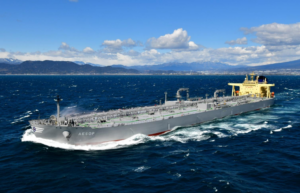Yangzijiang Shipbuilding delivers fuel-efficient Maersk Glacier
Jiangsu New Yangzi Shipbuilding, a subsidiary of Yangzijiang Shipbuilding, has delivered the fourth 3,500 TEU container ship, named Maersk Glacier, to the Japanese shipowner Lepta Shipping, a joint venture between Japanese Nissen Kaiun and trading house Mitsui & Co.
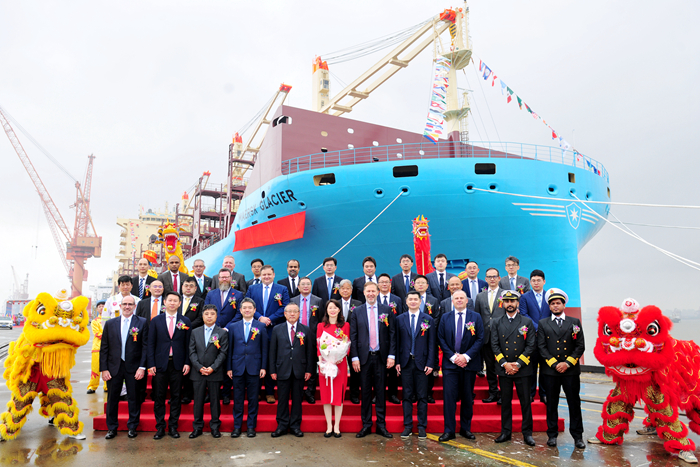
The company signed a charter deal with Danish shipping giant A.P. Moller Maersk for the new environmentally friendly feeder.
The ship is part of a series of ten new energy-efficient vessels Maersk has taken on a seven-year time charter intended for its Intra-Americas trade.
“The 3,500 TEU vessels will be named after US national parks, and will be delivered through mid-2024,” a Maersk spokesperson confirmed to Offshore Energy in an emailed statement.
With an overall length of 200 meters, a molded width of 36.4 meters, and a molded depth of 20.6 meters, Maersk Glacier has been classed by the American Bureau of Shipping (ABS).
The construction of this ship commenced in July 2022, and three ships from the series have already been delivered. Those are Maersk Acadia, Maersk Biscayne, and Maersk Everglades, which are deployed on North America Express service, calling ports in the US East Coast, Costa Rica, Panama, and Colombia.
Maersk Glacier, like its sister ships, complies with the latest requirements set by the International Maritime Organization (IMO) and incorporates advanced technologies that are expected to meet IMO’s Energy Efficiency Design Index (EEDI) III.
The EEDI was established by the IMO to encourage the adoption of more energy-efficient and environmentally friendly equipment and engines in the shipping industry. It sets a minimum energy efficiency standard per capacity mile, taking into account various ship types and sizes.
Maersk told Offshore Energy that the vessels have 12 – 15% improved fuel efficiency per TEU. The efficiency gains are obtained by hydrodynamic optimisations (better hull shape/lines) and applications of selected energy-efficiency technologies.
The vessels are compliant with the Energy Efficiency Design Index (EEDI) phase III, due to optimized hull design, high-efficiency propeller and rudder design, application of the pre-swirled energy-saving device, and variable frequency drive control for main electrical consumers.
In addition, to improve the ships’ environmental footprint the ten vessels will be fitted with selective Catalytic Reduction (SCR) applications for the main engine and auxiliary engines for NOx Tier III compliance, as well as a fully integrated ship power system for power supply during port operations.
The focus on energy efficiency and emission reduction is crucial in today’s maritime industry, as it aligns with global efforts to combat climate change and promote sustainability.

